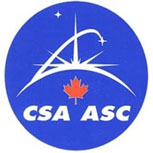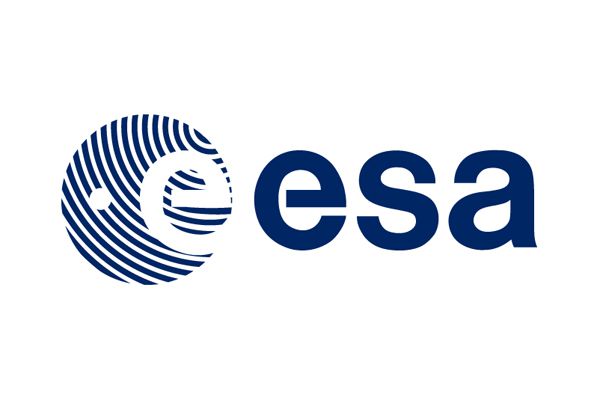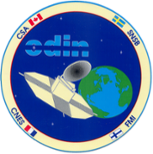Dr. Doug Degenstein
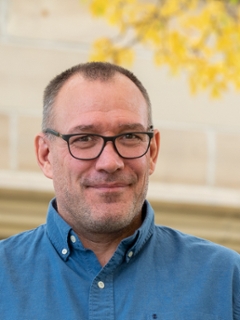
Ph.D.
Professor and Faculty Member in Physics & Engineering Physics
Dr. Doug Degenstein is a member of the Institute of Space and Atmospheric Studies (ISAS) at the University of Saskatchewan. Dr. Degenstein is the Principal Investigator of the satellite instrument Odin-OSIRIS, the Optical Spectrograph and InfraRed Imager System, funded by the Canadian Space Agency (CSA) and part of the Swedish-led Odin project that primarily investigates the ozone layer and its depletion. Dr. Degenstein has been involved with OSIRIS since 1993, working with original Principal Investigator Dr. Ted Llewellyn, Professor Emeritus with the Department of Physics and Engineering Physics.
Research Interests
- Dr. Degenstein’s early research involved aspects of a technique used to acquire ozone information from OSIRIS.
- Remote sensing of the atmosphere through optical means with a primary focus on satellite based optical instrumentation.
- Analysis of OSIRIS data for the purpose of studying the dynamics and photo-chemistry of the upper troposphere, the stratosphere and the mesosphere.
- Retrieval of atmospheric aerosol parameters through the investigation of their light scattering properties.
Dr. Adam Bourassa
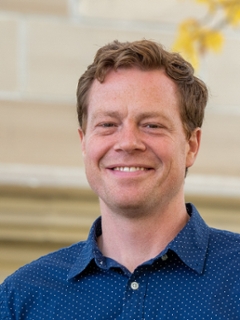
Ph.D., P.Eng.
Professor and Faculty Member in Physics & Engineering Physics
Dr. Adam Bourassa is a member of the Institute of Space and Atmospheric Studies (ISAS) at the University of Saskatchewan. Dr. Bourassa is the Deputy Principal Investigator of the satellite instrument Odin-OSIRIS and has been working with OSIRIS since 2001.
Research Interests
- Development of satellite based remote sensing measurement and inversion techniques that are able to probe the atmosphere globally, frequently and repetitively.
- Canadian Optical Spectrograph and InfraRed Imaging System (OSIRIS) satellite to globally measure the vertical structure of the atmosphere.
- Measurements and impacts of aerosols in the upper troposphere and stratosphere
- Development of radiative transfer modeling and inversion methods for these and other aerosols, including clouds, smoke and dust.
- Understanding the radiative and chemical effects of these aerosols in the study of long term atmospheric trends required for further understanding of the Earth's climate system.
- Development of designs for future optical instrumentation for sub-orbital and space-based remote sensing missions.
Dr. Ted Llewellyn

Ph.D., F.R.S.C., D.Sc.
Professor Emeritus in Physics & Engineering Physics
Dr. Llewellyn, FRSC, was head of the InfraRed Group in the Institute of Space and Atmospheric Studies at the University of Saskatchewan. He was also the Principal Investigator for the Odin-OSIRIS instrument. Dr. Llewellyn's research specialization and expertise is in optical aeronomy, with particular emphasis on the use of airglow emissions to derive atmospheric state parameters, and on the interaction of spacecraft in low Earth orbit with the atmosphere. He was a co-Investigator for the WINDII instrument on the UARS spacecraft. He was a co-discoverer (with Drs. W.F.J. Evans, D.M. Hunten and A. Vallance Jones) of the upper ozone layer; together with Drs. R.G.H. Greer, G. Witt, J. Stegman and B.H. Solheim he developed the idea that both the oxygen green line and the low energy molecular oxygen states are excited by energy transfer. Together with Dr. I.C. McDade he has developed a set of mechanistic rate constants that can describe the airglow excitation of oxygen. He has also developed, with Dr. McDade, a new description of the processes controlling the collisional relaxation of vibrationally excited OH. Another aspect of that collaboration has been the development of a tomographic analysis system that can improve our understanding of airglow distributions.
The majority of Dr. Llewellyn’s recent research efforts has been directed toward OSIRIS. The infrared imager makes observations that allows the application of tomographic techniques to the measurement of the oxygen infrared atmospheric bands. However, as the Odin satellite measurements must also be validated there is an on-going research effort to provide the appropriate measurements. New instrumentation is being developed to measure the twilight sky spectrum in order to determine the atmospheric temperature profile and aerosol content. This instrumentation will be used to study impact of the Ring effect on some of the atmospheric absorption bands. Other related work is involved with the design of new instrumentation that can be used to make spectral tomographic measurements that provide improved knowledge of the atmospheric state parameters. In particular, he is trying to develop instrumentation that will allow the direct determination of the stratospheric water vapour content, this is an extension of his work with Dr. R.L. Gattinger on the determination of the mesospheric water content with OSIRIS.
Dr. Nicholas Lloyd
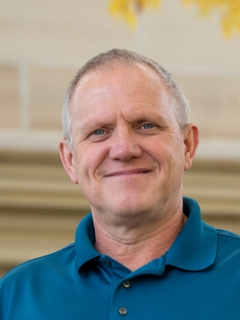
Ph.D.
Research Associate and Staff Member in Physics & Engineering Physics
Dr. Nick Lloyd has been continuously involved with the Odin-OSIRIS project since 1994. He originally developed the OSIRIS flight firmware in close collaboration with the industrial contractor, Routes Inc., oversaw delivery of the instrument in 1998 and played a lead role in the integration and testing of OSIRIS with the Odin satellite in 2000. Nick has been responsible since the launch of Odin in February 2001 for OSIRIS flight operations, the OSIRIS Data Handling System and the OSIRIS Level 0 to Level 1 processing chain. He has been a key person in the acquisition and calibration of the almost 2 decades of Odin-OSIRIS Level 1 radiance data collected to date.
Dr. Daniel Zawada

Ph.D.
Research Engineer and Staff Member in Physics & Engineering Physics
Dr. Daniel Zawada is a Research Engineer in the Institute of Space and Atmospheric Studies at the University of Saskatchewan. His primary research interests are radiative transfer modelling and development of inverse methods for remote sensing of the Earth. For the OSIRIS project he maintains and develops the SASKTRAN radiative transfer model which is critical for analyzing OSIRIS measurements. He also manages the operational L2 algorithm development for the core OSIRIS data products.
Taran Warnock
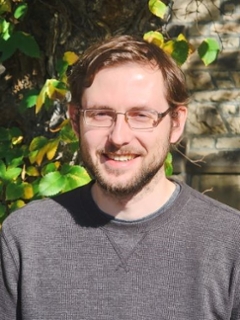
M.Sc.
Research Engineer and Staff Member in Physics & Engineering Physics
Taran Warnock is a Research Engineer at the Institute of Space and Atmospheric Studies in the University of Saskatchewan. Taran joined the OSIRIS team in 2021 and is responsible for the management, processing, and distribution of data from the OSIRIS instrument on the Odin satellite. His research areas include the analysis of stratospheric ozone and aerosol data from OSIRIS and other remote sensing instruments.
Dr. Kimberlee Dube
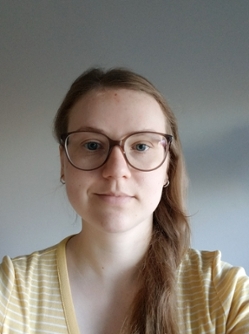
PhD
Post Doc in Physics & Engineering Physics
Dr. Kimberlee Dube is a Post Doc supervised by Dr. Susann Tegtmeier in Physics at the University of Saskatchewan. Kimberlee's research is focused on understanding the long term signatures present in the OSIRIS ozone and nitrogen dioxide data records. Her research is enhanced through close collaboration with many international modelling and satellite instrument groups.


